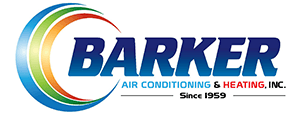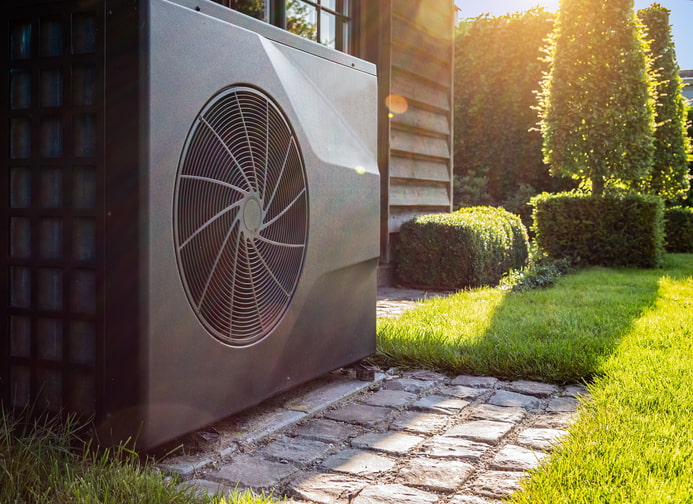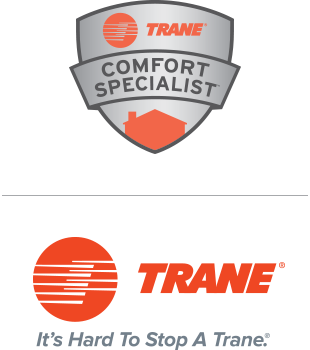Heat pumps are incredibly powerful systems for controlling indoor temperatures in Vero Beach, FL, homes. owever, most people don’t understand their workings nearly as well as they do those of traditional central HVAC systems. Here’s some information about five critical heat pump components and their roles in the overall system:
Evaporator
Unlike air conditioners, which always have their evaporators comprise part of the indoor portion of the system, heat pumps can have their evaporators either inside the home or outdoors. Which of these is true at any given time depends on whether the heat pump happens to be in heating or cooling mode.
In heating mode, the evaporator coils form part of the outdoor portion of the system, while in cooling mode, the evaporator is indoors. This can happen because two pieces of equipment in every heat pump — one located inside and the other outside — can switch between serving as the evaporator and the condenser.
No matter the mode the heat pump is in, the evaporator’s function is always circulate refrigerant in liquid form while warm air flows over it. In turn, the refrigerant takes the heat from the air, turning into gas as it does so. Therefore, in heating mode, the heat pump absorbs heat from outdoor air and brings it into your home, while in cooling mode, it removes heat from indoors and disposes of it outside.
Condenser
The other half of the process we’ve described above happens thanks to the heat pump’s compressor, which basically serves as the mirror image of the evaporator. It takes in gaseous refrigerant that has already absorbed a great deal of heat and allows cooler air to flow by. As a result of this contact, the refrigerant condenses and releases its heat into the on-flowing air.
In heating mode, the condenser sits in the system’s indoor unit, while in cooling mode, the condenser is outside. Thus, in heating mode, heat pumps dump the heat that they’ve taken from outdoors into your home, while in cooling mode, they suck out heat from your home and throw it away outside.
Reversing Valve
Which physical component of a heat pump serves as its evaporator and which serves as its compressor depends on the direction that refrigerant happens to be flowing at the time. Thus, to switch back and forth between heating and cooling modes, heat pumps must be able to control and reverse the flow of refrigerant. The reversing valve is the special component that makes this possible.
Compressor
The synergistic action of the three parts we’ve already discussed is not enough to give even a basic outline of heat pumps’ behavior. There’s an essential intermediary part in this process called the compressor. No matter which mode the heat pump is in, refrigerant must make a stop at the compressor while traveling from the evaporator to the condenser.
The compressor compresses gaseous refrigerant even further, placing it into a higher-pressure and higher-temperature state. This makes the refrigerant even more susceptible to condensation before it enters the condenser.
Motors and Fans
Air must also travel smoothly through the heat pump if heat exchange is to properly take place. This occurs thanks to the cooperative action of two fans and the two motors that power them.
One fan will suck in air from outdoors, and the other will push it outside, with each fan’s blades spinning in the appropriate direction necessary to accomplish this. The motors are typically electronic commutated blower motors, which use direct current and operate at high efficiency levels. The motors run thanks to two capacitors, one of which provides an initial jolt (and also starts up the compressor) and the other of which keeps the fans in operation for as long as required.
With the foregoing insight into the internal mechanics of heat pumps, you may have decided that such a system can serve your Vero Beach, FL, home well. If so, call Barker Air Conditioning and Heating to ask for our heat pump services.
Image provided by iStock









